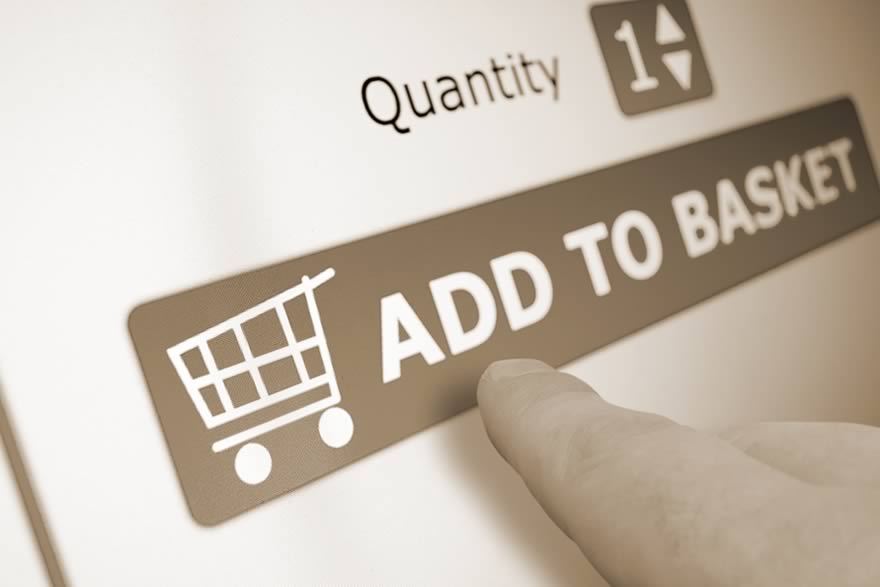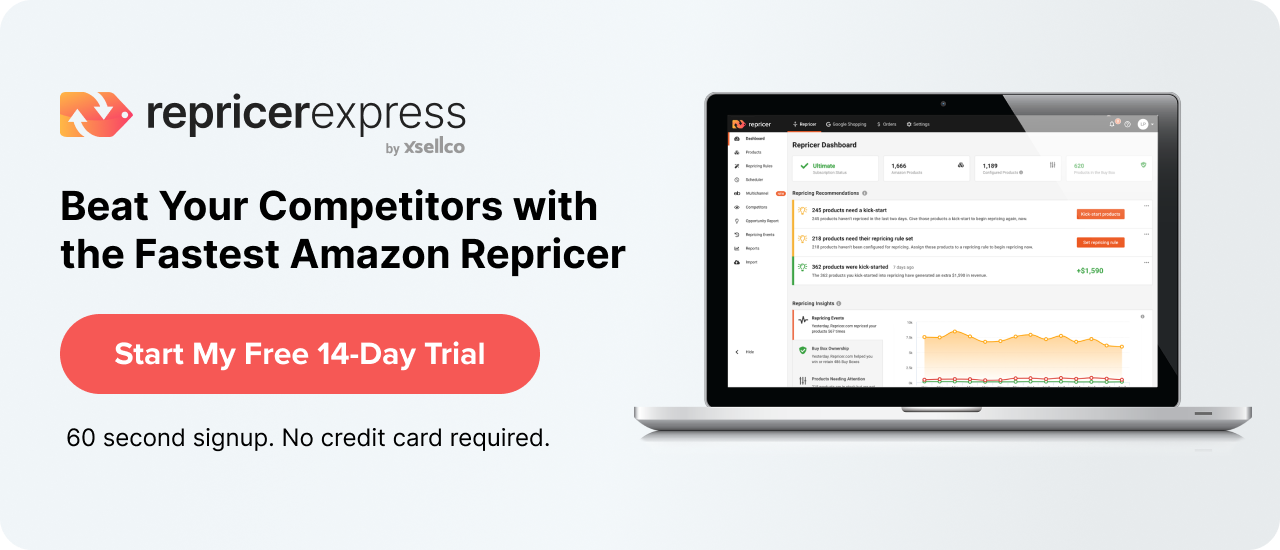As a faithful reader of RepricerExpress, you know that pricing has a huge amount to do with your success as an Amazon merchant. Having competitive costs leads to more buyers and more buyers increases your chances of winning the Amazon Buy Box. However, what’s not often said is the type of pricing that’s involved. In this post, we’ll take a look at the different components of a product’s cost and what you should be focusing on with the Buy Box as your goal.
Pricing Rumours: Separating Fact from Fiction
One of the biggest myths surrounding Amazon’s Buy Box is that having the lowest price is an automatic shoo-in for winning a Buy Box. It’s not quite true for many reasons, namely that the lowest price isn’t a sure-fire guarantee for getting a Buy Box. Plus, by always having your prices at rock-bottom points, you’re more likely to get a label as a cheap seller than a quality one.
That being said, there is some merit to having the lowest prices, as they can result in a bit of an increased chance at winning a Buy Box. However, you should use this method strategically and not depend on it, such as pricing a few products really cheaply to either move them or attract buyers into looking at the rest of your inventory.
It also doesn’t pay to play the 2% rule. This is when a seller thinks that the Buy Box is a guaranteed thing and that some seller has to win it because it’s rotated among sellers. Because of that, merchants may think that all they have to do is be within 2% of their competitors’ prices. To that, Amazon will just chuckle and say, “We don’t think any seller has accomplished our algorithm today, so we won’t be awarding it to anyone.”
Why You Should Be Looking at Landed Price
There are two “prices” on Amazon: the price at which you list an item and the landed price which includes shipping. Unfortunately, most people don’t have access to their own drones (air space rules and all that fun stuff) but even if they did, there are still operational/maintenance/fuel costs to take into consideration of owning a drone, even if it would make the shipping process a lot simpler and cheaper.
So, for now, shipping costs are just part of the process but how you work them in makes a difference depending on who your buyer is. For Amazon Prime shoppers, they don’t have to worry about paying shipping costs; for everyone else, it’s up to the discretion of the seller.
Also keep in mind that when buyers are looking at a product on your listing page, they’re going to be seeing the landed price first and that’ll make a huge difference for them in terms of purchasing the product. So before pricing an item, take into account what you have to pay as an Amazon merchant, which includes things like Fulfilment by Amazon fees, shipping costs, VAT costs and, of course, how much the item costs (including how much profit you want to make from it).
Going back a bit to a point made in the beginning, having a lower landed price will up your chances of landing a Buy Box, but use it with caution. What you should probably consider instead is working on your other seller performance metrics so you don’t have to be as dependent on lowering your landed price. If you can improve in other areas, then Amazon will “let you” raise your prices a bit and you can still stay in contention for a Buy Box. There are two key aspects to remember when it comes to your performance: high Seller Rating and low Order Defect Rate. Getting those ducks in a row means you can focusing on pricing competitively instead of pricing to move.
Conclusion
RepricerExpress is all about pricing and passing on the best tips and concrete ideas so you, the seller, can move up in the chain as much as possible. But instead of knocking down your prices, let us help maintain competitive ones at all times for you. All you have to do is sign up for your 15-day free trial to get started and see your chances of winning more Buy Boxes rise.



